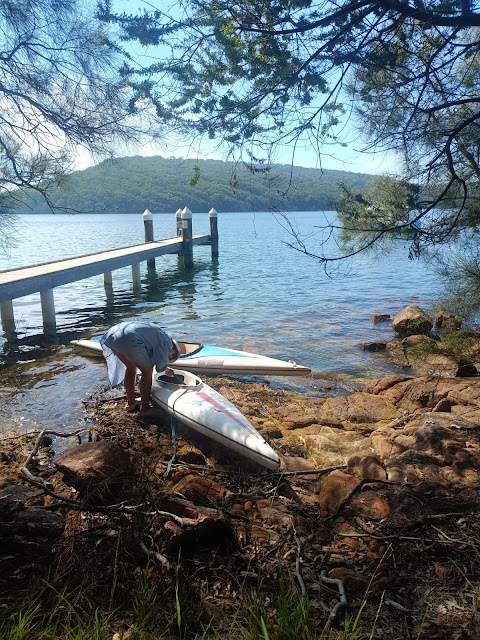 |
| Zipper - Celeste Aldahn and Liam Kenny |
Celeste Aldahn and Liam Kenny are multi-instrumentalists who write music for post-punk quintet ZIPPER and duo BIG ECHO. Zipper’s 2020 debut EP ‘Dreamer’s Gate’ [Tenth Court Records, Australia and Urticaria Record, France] was textural yet taut, with lashes of new-wave pop brushing up against cinematic dueling guitar, while Big Echo is a dreamy synth-wave pop inspired by our continents vast and mysterious landscapes.
 |
| Celeste Aldahn |
 |
| Liam Kenny |
Liam Kenny is a multi-instrumentalist, composer and graphic designer, who lives on the Lands of the Wurundjeri Woi Wurrung and the Bunurong peoples of the Kulin Nation. He has been writing, recording and performing music for over a decade in projects Delivery, Zipper, Wireheads and Nylex, among others. He has numerous releases and international tours under his belt and has recorded with luminaries like Calvin Johnson of K Records. As a record engineer, he has recorded and mixed albums for Zipper, Big Echo, Draino and Wireheads.
 |
Wireheads, 'Potentially Venus' LP 2023 - Album cover art, photography and layout by Liam Kenny |
" ... We plan to use our time at Gunyah to write demos... collaborate on song structures and experiment with new sonic directions, with guitar, bass, saxophone, flute, synth and programming drums; using Logic and a four-track tape recorder. As previous Newcastle residents, we also have a network of nearby musicians to potentially draw on. We also plan to explore the area around Gunyah to shape ideas for our forthcoming LP art, merch and video clips by taking 35mm photos and capturing videos and experimenting with cyanotypes ..."
 |
Rule of Thirds, s/t LP 2014 - Album cover art, sculpture/installation, photography and layout by Celeste Aldahn |
You can follow Zipper and Big Echo on Instagram @zipper.unzipped and hear their music on bandcamp






























